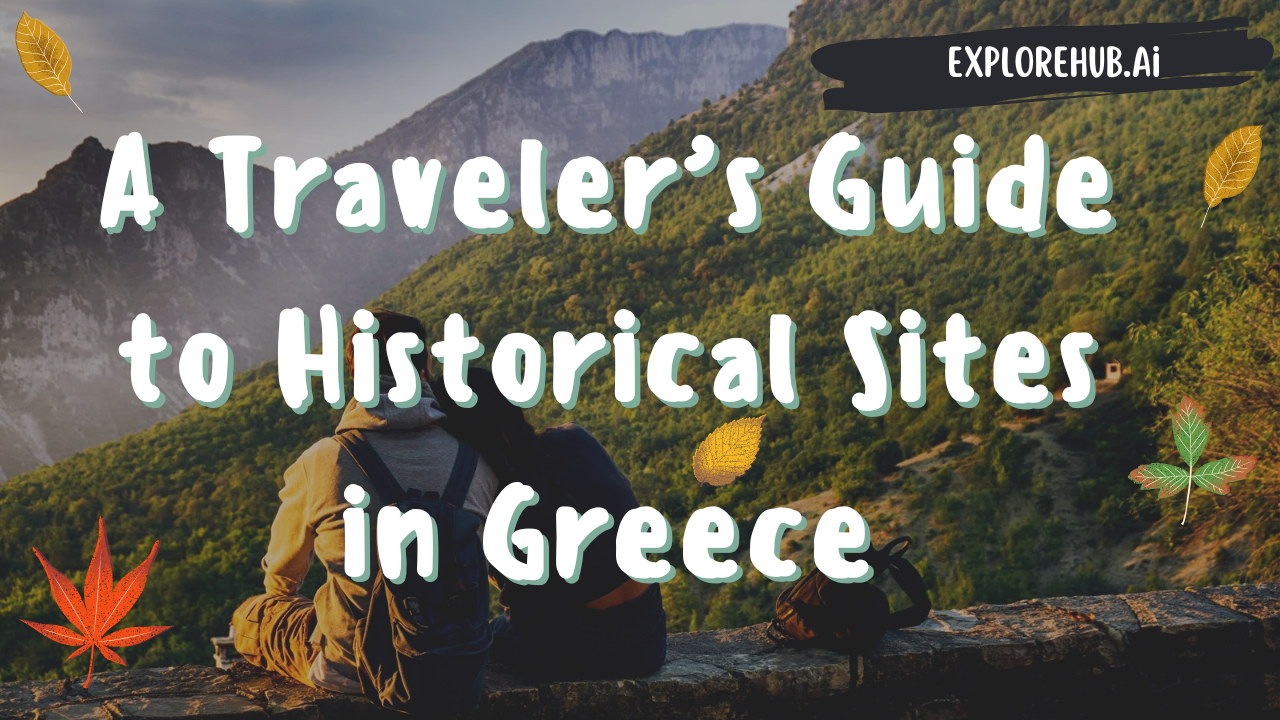Greece is a dream destination for history enthusiasts. Known as the birthplace of democracy, philosophy, and the Olympic Games, this country is filled with ancient ruins, legendary tales, and remarkable architecture. From the iconic Acropolis in Athens to the awe-inspiring monasteries of Meteora, Greece is a living museum waiting to be explored.
Table of Contents
Athens: The Cradle of Western Civilization
The Acropolis of Athens
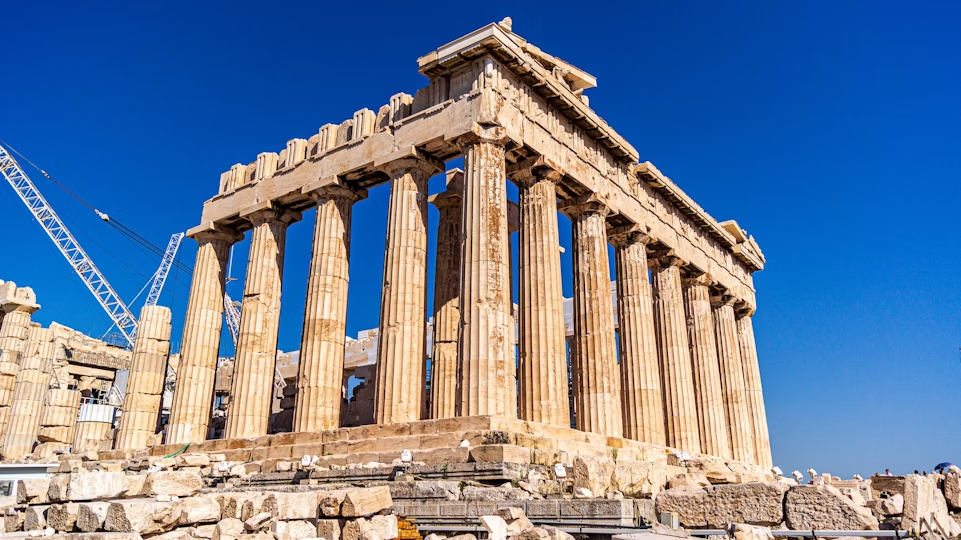
No visit to Greece is complete without witnessing the magnificent Acropolis. Perched atop a rocky hill, it houses several famous structures:
- Parthenon:In honour of Athena, the city of Athens’ patron goddess.
- Erechtheion: Known for its Caryatid columns.
- Temple of Athena Nike: A tribute to the goddess of victory.
Ancient Agora
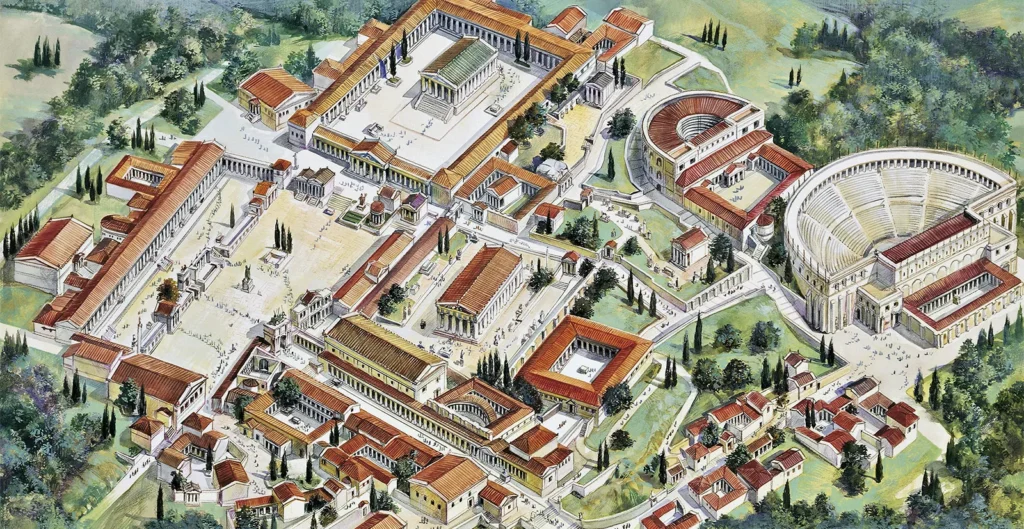
Once a bustling marketplace, the Agora was the heart of ancient Athenian life, where Socrates once walked and debated ideas.
The National Archaeological Museum
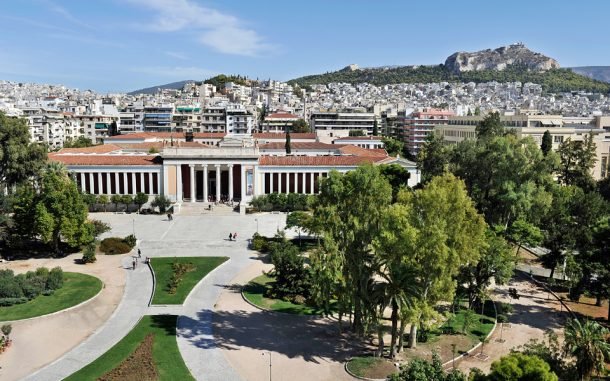
One of the world’s greatest museums, it showcases artifacts from various Greek civilizations.
Delphi: The Oracle of Apollo
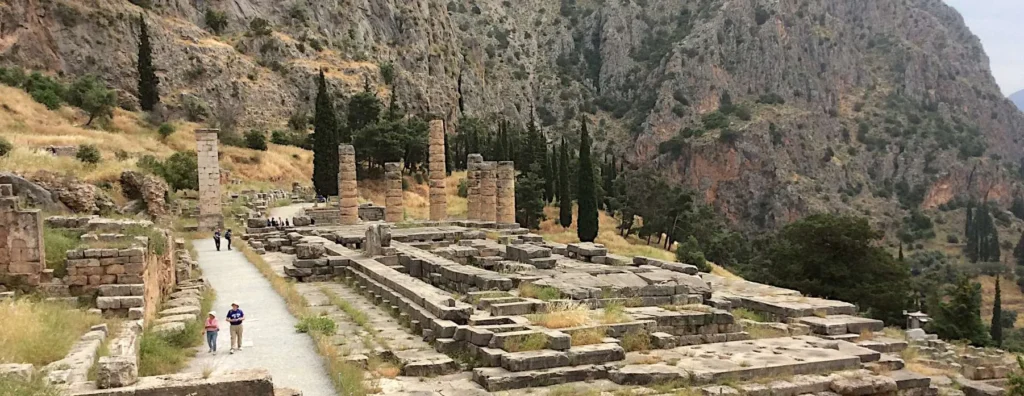
Home to the famous Oracle of Apollo, Delphi was a sacred site where ancient Greeks sought divine guidance. The Temple of Apollo and the Theater of Delphi are must-visits.
Olympia: Birthplace of the Olympic Games
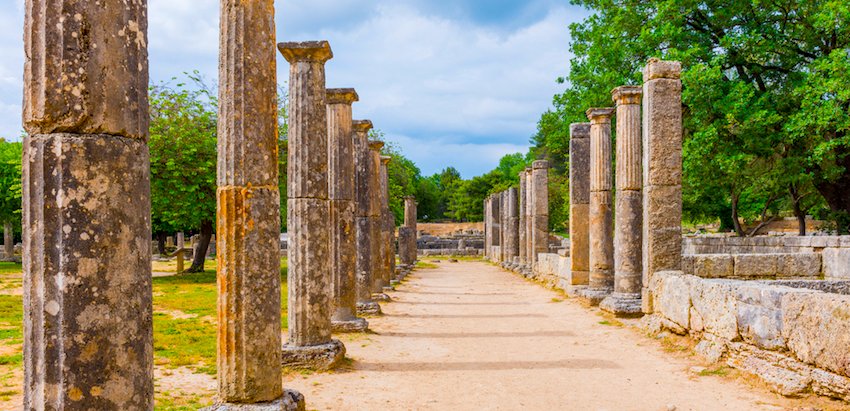
Ancient Olympia is where the first Olympic Games were held in 776 BC. The remains of the Ancient Stadium, Temple of Zeus, and the Olympic Flame Lighting Ceremony site make this a fascinating destination.
Epidaurus: The Healing Sanctuary
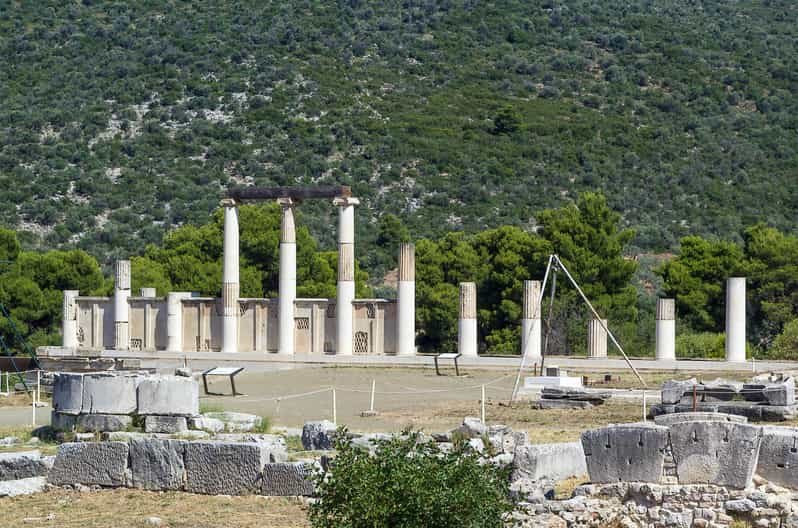
Famous for its well-preserved Great Theatre, Epidaurus was also a center of medicine dedicated to Asclepius, the god of healing.
Mycenae: The Kingdom of Agamemnon
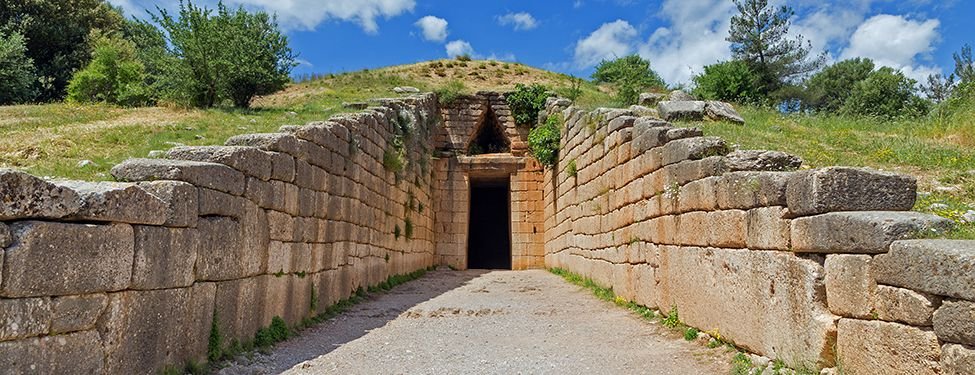
This ancient city, home to legendary King Agamemnon, features the Lion Gate, Treasury of Atreus, and royal tombs.
Knossos: The Minoan Civilization
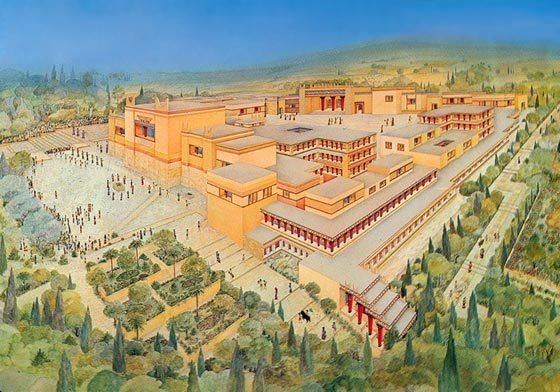
The Palace of Knossos is the largest Bronze Age archaeological site and is linked to the myth of the Minotaur.
Meteora: Monasteries Suspended in the Sky

Meteora is famous for its monasteries built atop towering rock formations. These monasteries offer breathtaking views and spiritual tranquility.
Rhodes: The Island of the Knights
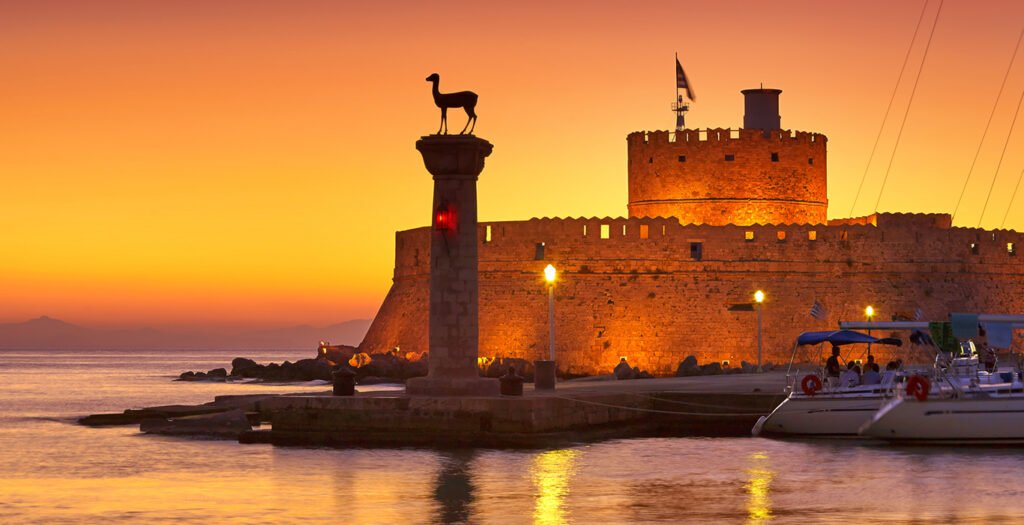
Rhodes boasts a medieval old town, the Palace of the Grand Master, and remnants of the legendary Colossus of Rhodes.
Corinth: The Commercial Hub of Ancient Greece
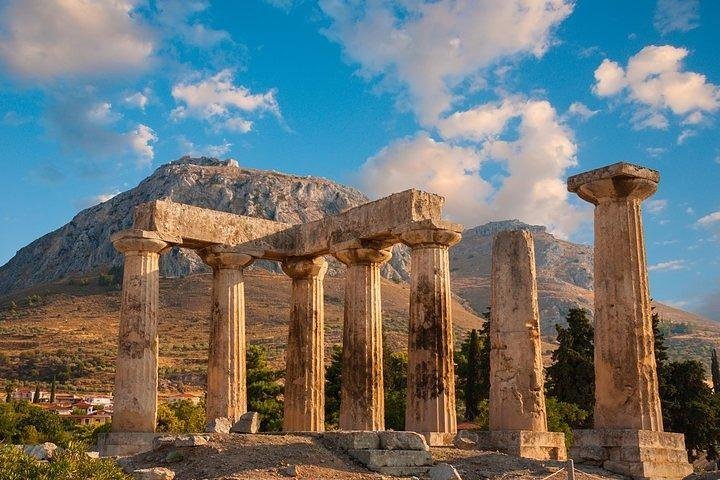
Once a major trade center, Corinth is home to the Temple of Apollo and the Ancient Corinth Ruins.
Thessaloniki: Byzantine and Roman Heritage

This vibrant city features the White Tower, Rotunda of Galerius, and Arch of Galerius.
Dion: The Sacred City of Macedonians
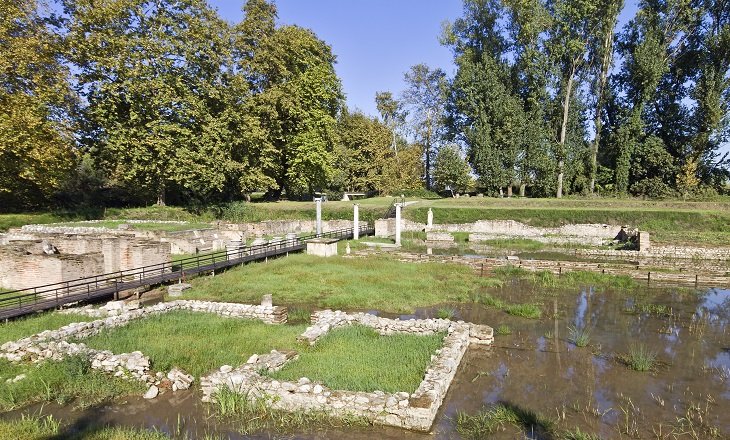
Dedicated to Zeus, Dion houses impressive ruins including a grand theater and sanctuaries.
Delos: The Birthplace of Apollo and Artemis
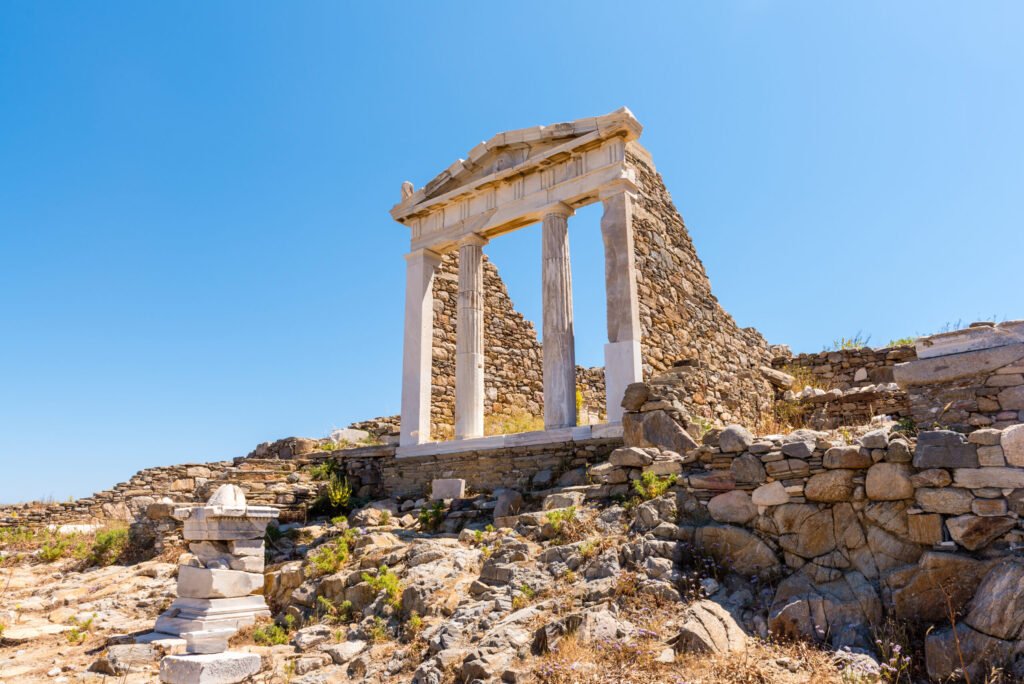
A UNESCO World Heritage site, Delos has remarkable ancient relics, including the Sacred Harbor and the House of Dionysus.
Nafplio: The First Capital of Greece
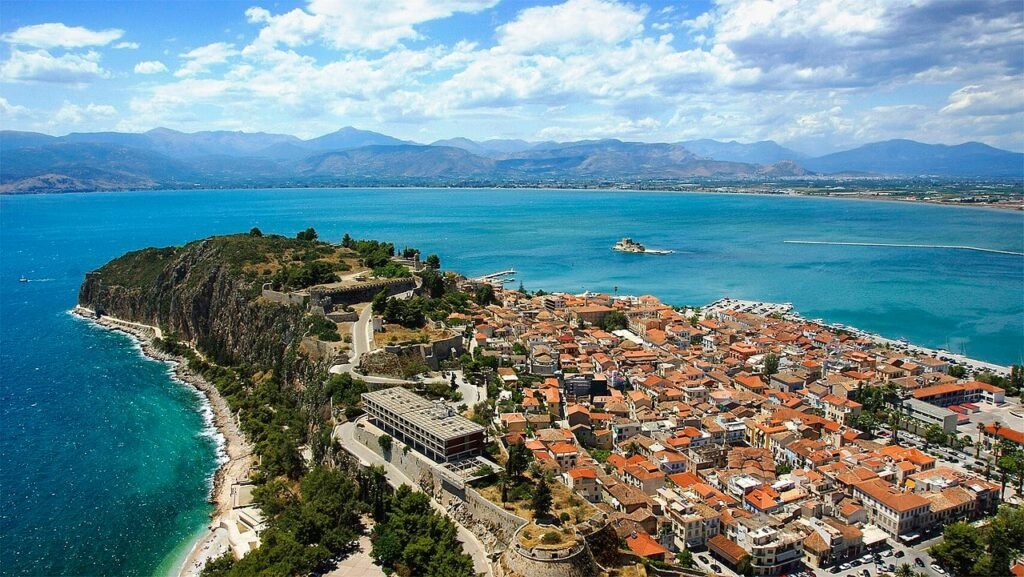
This charming town is known for the Palamidi Fortress and Bourtzi Castle.
Also Visit:
Ultimate Guide to Solo Travel Destinations in South America
Top 10 Solo Travel Destinations in South America for Adventurers
Navigating Southeast Asia: Budget Travel Tips for First-Time Travelers
Experience Luxury on a Budget Travel Tips for Southeast Asia
Budget Travel Tips for Southeast Asia: Navigating Public Transport
Conclusion
Greece is an open-air museum that transports visitors back in time. Whether you’re fascinated by mythology, ancient architecture, or historical legends, Greece offers an unforgettable journey into the past.

